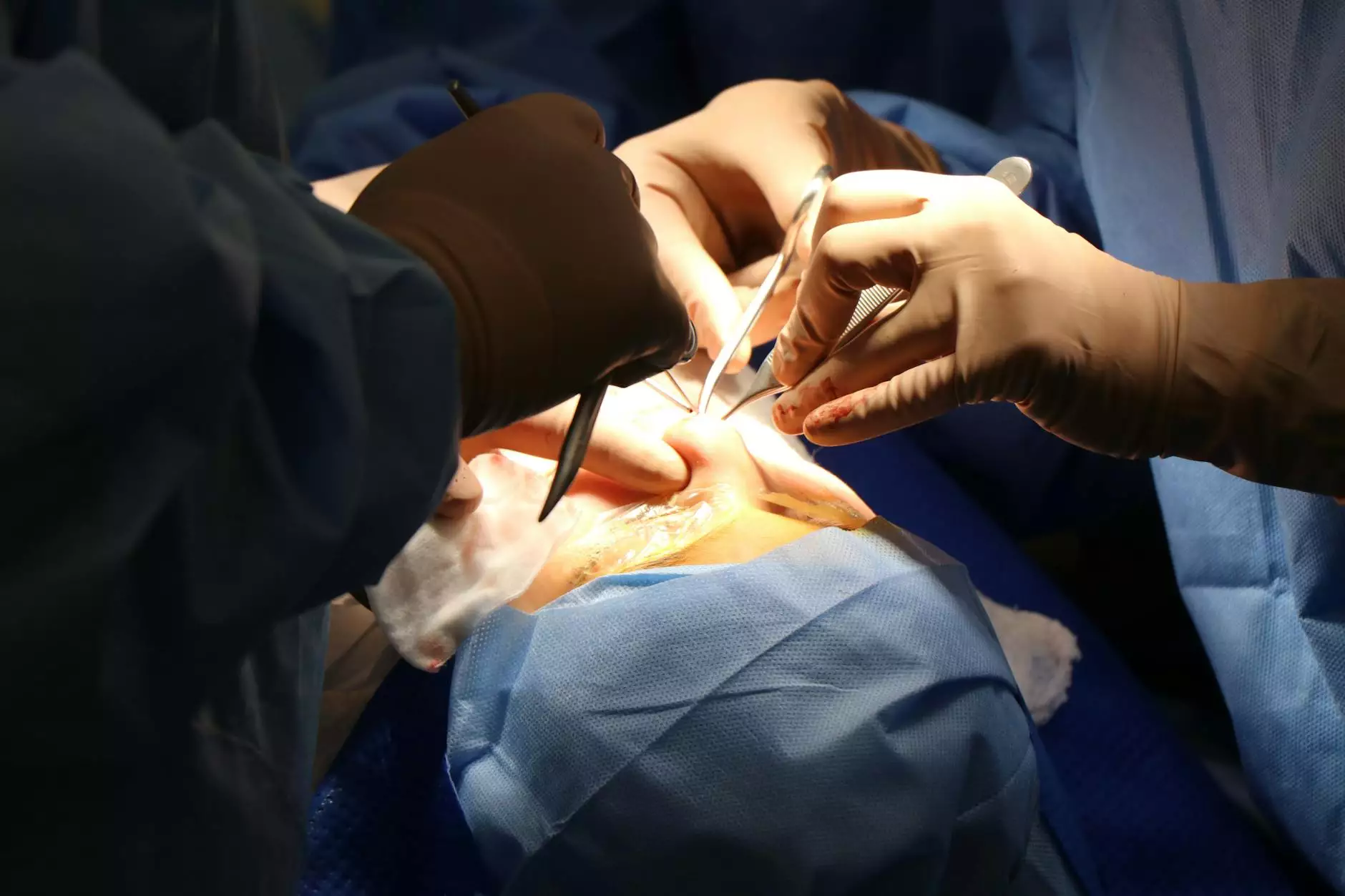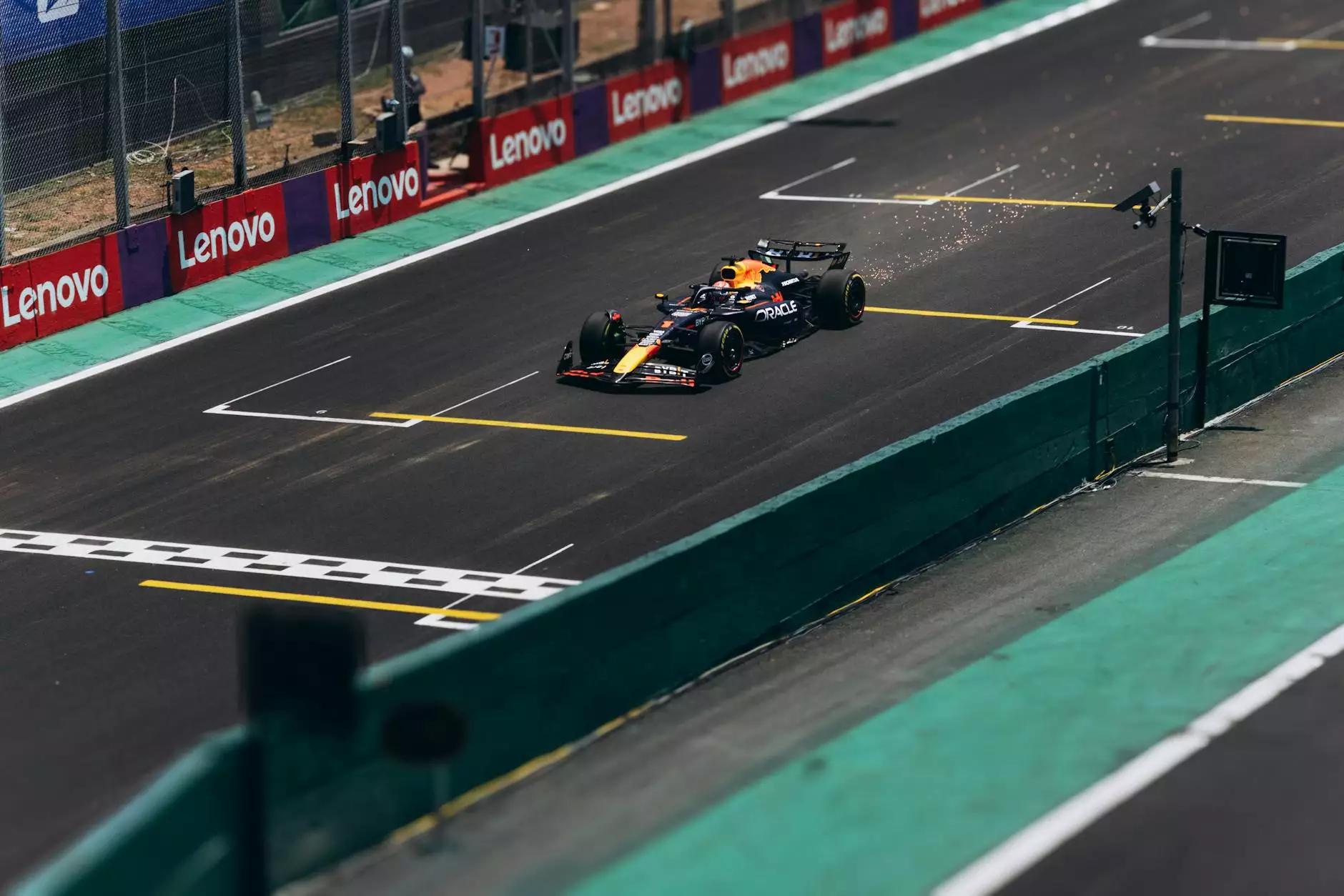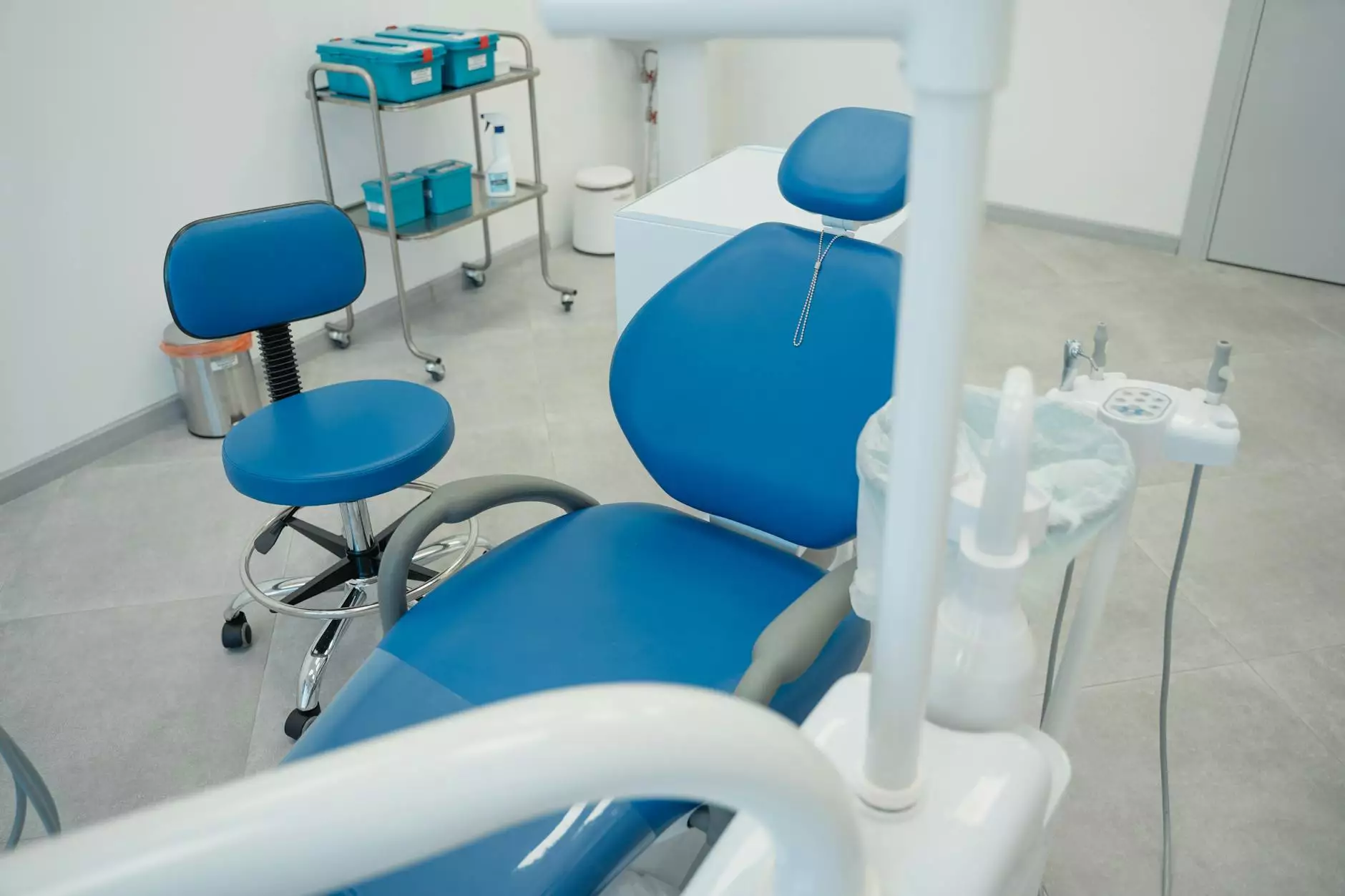Bilateral Oophorectomy Salpingectomy: Understanding the Procedure, Benefits, and Recovery

Bilateral oophorectomy and salpingectomy are significant surgical procedures that primarily involve the removal of the ovaries and fallopian tubes, respectively. These surgeries are often performed in specific clinical scenarios, and understanding the details surrounding them is crucial for patients considering these options. This article aims to provide a comprehensive overview of these procedures, discussing their indications, benefits, risks, recovery, and the overall importance in women's health.
What is Bilateral Oophorectomy?
A bilateral oophorectomy is a surgical procedure that involves the removal of both ovaries. This may be indicated for various medical reasons, including:
- Ovarian Cancer: One of the most crucial reasons to perform this surgery, especially if cancer is diagnosed or suspected.
- Endometriosis: This condition can cause severe pain and complications, and removing the ovaries can alleviate symptoms.
- Risk Reduction: Women with a high genetic predisposition to ovarian cancer may choose this surgery to reduce their risk.
- Other Ovarian Disorders: Conditions such as large benign tumors or cysts can also warrant this surgical intervention.
Understanding Salpingectomy
Salpingectomy refers to the surgical removal of one or both fallopian tubes. This procedure is often performed either as a standalone intervention or in conjunction with a bilateral oophorectomy. Reasons for a salpingectomy include:
- Ectopic Pregnancy: This occurs when a fertilized egg implants outside the uterus, typically in a fallopian tube. If not treated, it can lead to serious complications.
- Fallopian Tube Infections: Chronic infections can lead to significant health issues and removal may be necessary.
- Risk Reduction for Cancer: Similar to oophorectomy, women at high risk of ovarian or other reproductive cancers may opt for salpingectomy.
Procedure Overview
The surgeries are typically performed under general anesthesia. The procedures may be executed laparoscopically, which involves small incisions and quicker recovery times, or through an open surgery method, depending on the specific situation and physician’s recommendation.
During the Surgery
In a laparoscopic bilateral oophorectomy and salpingectomy, the surgeon makes a few small incisions in the abdomen. A laparoscope (a thin tube with a camera) is inserted to visualize the organs, while additional instruments are used to carefully remove the ovaries and fallopian tubes. Alternatively, an open procedure might be necessary in complex cases, which involves a larger abdominal incision.
Benefits of Bilateral Oophorectomy and Salpingectomy
Patients considering bilateral oophorectomy and salpingectomy often have specific benefits in mind:
- Reduction of Cancer Risk: For women with genetic predispositions, the removal of ovaries and fallopian tubes can significantly lower cancer risk.
- Pain Relief: Many patients suffer from chronic pain associated with conditions like endometriosis, and these surgeries can alleviate such discomfort.
- Improvement in Quality of Life: After surgery, many patients report an overall improvement in their physical and emotional well-being.
- Elimination of Non-Functional Ovaries: For women with non-functional ovaries, the surgery can eliminate unnecessary hormone production and its associated symptoms.
Risks and Considerations
Like any surgical procedure, bilateral oophorectomy and salpingectomy come with potential risks and considerations:
- Hormonal Imbalance: Removal of ovaries leads to a sudden decrease in hormone levels, which may result in menopausal symptoms if performed before natural menopause.
- Surgical Risks: These can include infection, bleeding, and damage to surrounding organs.
- Emotional Impact: The emotional repercussions of undergoing surgery for cancer risk reduction can be profound, and psychological support may be necessary.
- Long-term Health Effects: Women who undergo these surgeries need continuous monitoring for heart health, osteoporosis, and other potential issues related to hormone changes.
Post-Operative Recovery
The recovery process varies depending on whether the surgery was laparoscopic or open. Generally, recovery includes:
- Hospital Stay: Laparoscopic patients may go home within a day, while those with open surgery may require a longer stay.
- Pain Management: Pain can be managed through prescribed medications and should gradually decrease over time.
- Follow-up Appointments: Regular check-ups are crucial to monitor recovery progress and manage any post-surgical concerns.
- Activity Restrictions: Patients are usually advised to avoid heavy lifting and strenuous activities for several weeks.
Long-Term Health Considerations
After undergoing a bilateral oophorectomy and salpingectomy, ongoing healthcare considerations become paramount. These may include:
- Hormonal Replacement Therapy: Women who experience severe menopausal symptoms may need hormone therapy.
- Regular Health Screenings: Continual monitoring for other health conditions is essential, particularly for heart health and bone density.
- Emotional Support: Support groups and counseling can be beneficial for managing emotional and psychological impacts.
Conclusion
Bilateral oophorectomy salpingectomy is a crucial surgical option for many women facing significant health challenges. Understanding the procedures, benefits, risks, and recovery is essential for informed decision-making. Whether it is to reduce cancer risk, relieve chronic pain, or address other health concerns, these surgeries play a vital role in enhancing the overall health and quality of life for women. If you or someone you know is considering these procedures, consult a qualified healthcare provider to explore your options and make the best choice for your health.
Further Resources
For more information on bilateral oophorectomy, salpingectomy, and women’s health, consider visiting drseckin.com, which offers a wealth of resources and expert advice in the fields of obstetrics and gynecology.









